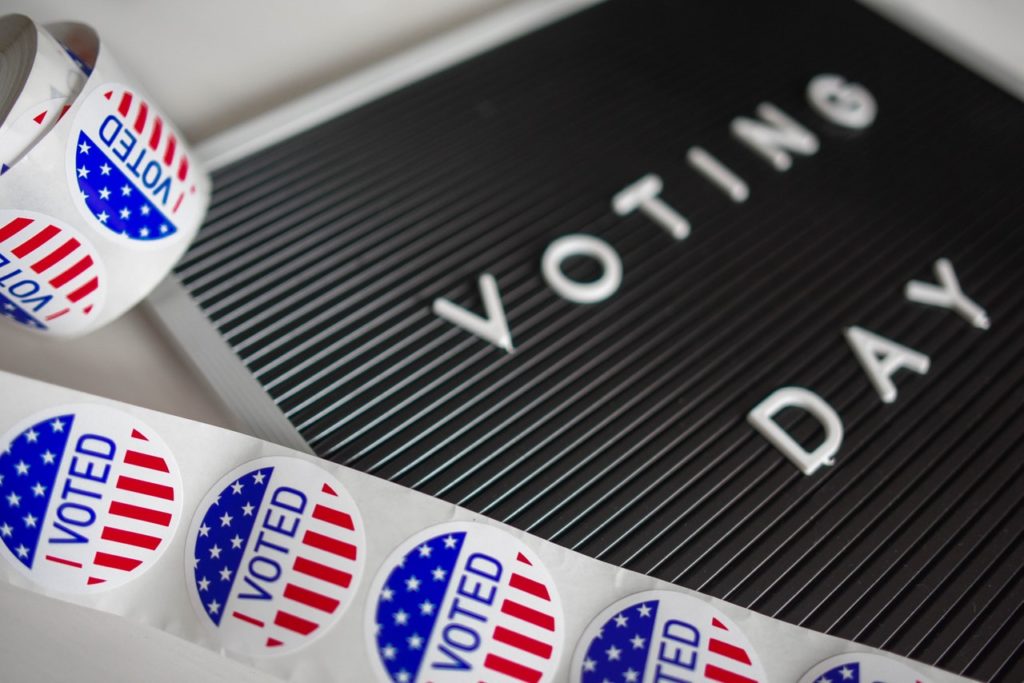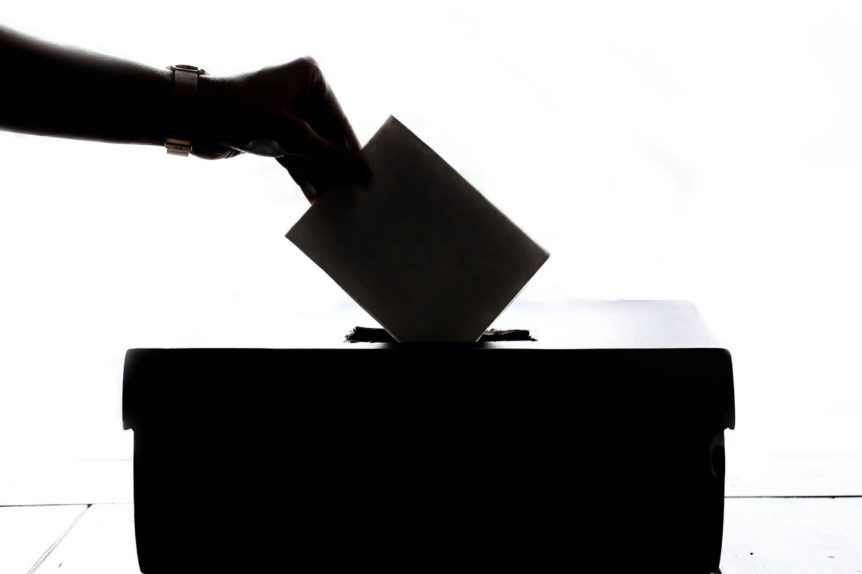At the time of writing this, more than 170,000 Americans have died from COVID-19. Unfortunately, the death toll keeps rising with no end in sight for this ravaging pandemic that’s threatening the very fiber of the country’s economy.
With the current unemployment rate continuing to soar, the ever-growing number of new infections, and an election right around the corner, the question remains – How do you hold a federal election in the age of the coronavirus?
How do you do it when the existing government directives require citizens to shelter in place, avoid large gatherings, and maintain social distance from one another?
The reality is – it will be a difficult task. Nonetheless, election officials and state secretaries are working tirelessly to ensure that the 2020 presidential election goes off without a hitch, in a way that doesn’t cause a spike in the number of new COVID-19 infections.
The adoption of the vote by mail and absentee ballot initiatives will allow you to exercise your constitutionally-protected right without endangering your health in the process. This article explores everything you need to know about how to vote by mail for the 2020 presidential election.
How to Vote by Mail – Check the Rules in Your State
Different states across the country have varying definitions of what constitutes mail ballots versus absentee voting. Nonetheless, their fundamental function is the same. It involves a voter receiving a ballot from their local elections office, filling it out, and returning it in-person or through the US Postal Service (USPS) to a ballot drop box.
The first thing you’ll need to establish is if your state allows for in-person voting. There are currently seven states that don’t offer voters the option to vote by mail.
If you live in a state where absentee voting is an option, you’ll need to familiarize yourself with the rules. Most offer some form of early voting in which case, you can head to the polling centers in the days leading up to Election day.
Other states have guidelines that allow for early absentee voting, particularly for individuals who know they will be unavailable or out of the country on Election Day itself. So, although you can opt to vote early, some states require that you provide a valid reason why you won’t be able to on the day itself.
Request Absentee Ballot
Next, you need to figure out how to get an absentee ballot. Anyone living in DC, Washington, Vermont, Utah, Oregon, Nevada, Hawaii, Colorado, or California will likely have a mail-in ballot automatically sent to them. So, there’s no action required on your part to get one.

If, on the other hand, you live in Wisconsin, Ohio, Michigan, Massachusetts, Maryland, Iowa, Illinois, or Delaware, rather than automatically receiving a mail-in ballot, you’ll receive an application to fill out to request for a mail-in ballot.
Twenty-four other states are letting voters cast their mail-in voting ballot without requiring them to provide a documented excuse, beyond the risk of contracting COVID-19 through in-person voting.
The majority of states will have an online portal to allow voters to request their absentee ballots. The rest of the states require that you send in a signed form from your county or state election office. These are available for download on your election office’s website as well as from non-profit organizations like VoteAmerica or Vote.org.
To avoid overwhelming the local election officials, the earlier you can request for and send in your ballot, the better it will be for them to meet the soaring demand.
Learn the Vote by Mail Requirements in Your State
Although most states will now allow all registered voters to use absentee voting, others only provide this option to the elderly. Others require voters to meet their respective state’s conditions before they can receive a mail ballot.
Nonetheless, even places that don’t require voters to provide a valid reason to receive a mail-in vote still have certain conditions that have to be met for their ballots to count. In most cases, you’ll be required to submit a copy of your photo ID, get your ballot notarized, and submit witness signatures.
Absentee Ballot Deadlines by State
Once you’ve received your ballot and have met all the conditions required for your vote to count, you can send it in via the USPS or in-person, to ballot drop boxes or election offices within your district. If you’re not sure where to go, check with your local election office for any clarification you might require.
Keep in mind that daylight savings time ends on November 1. So, the absentee ballot deadline is quoted in daylight time, while the Election Day itself is quoted in standard time.
Early voting timelines by state
If you live in a state that has multiple time zones, you’ll need to take note of the one that applies to you. The National Conference of State Legislatures website has a comprehensive list of the state laws governing early/absentee voting, as well as the respective deadlines. Look up your State from the list beforehand to confirm the voting period.
How Do I Register to Vote
To register as a voter, you’ll need to be a US citizen, be 18 by Election Day, and meet your state’s voting requirements. You’ll also need to complete the registration process before the deadline.
You can register in person at your local or state election office, at the Department of Motor Vehicles (DMV), online using the national mail voter registration form, county and state public assistance offices like the WIC and SNAP/food stamps, or at armed forces recruitment centers.
Once you do, you’ll receive your voter registration card listing your polling center. That’s where you’ll turn up to vote on Election Day.
Time Is of the Essence
Now that you know how to vote by mail for the 2020 presidential election, ensure that you send back your ballot at least seven days in advance if you plan to do it through the USPS. If your ballot arrives past your state’s deadline, it’s not going to count.
To be on the safe side, factor-in a minimum of 14 days for the round trip from the moment you request for your ballot right up to when it gets back to the elections office.
